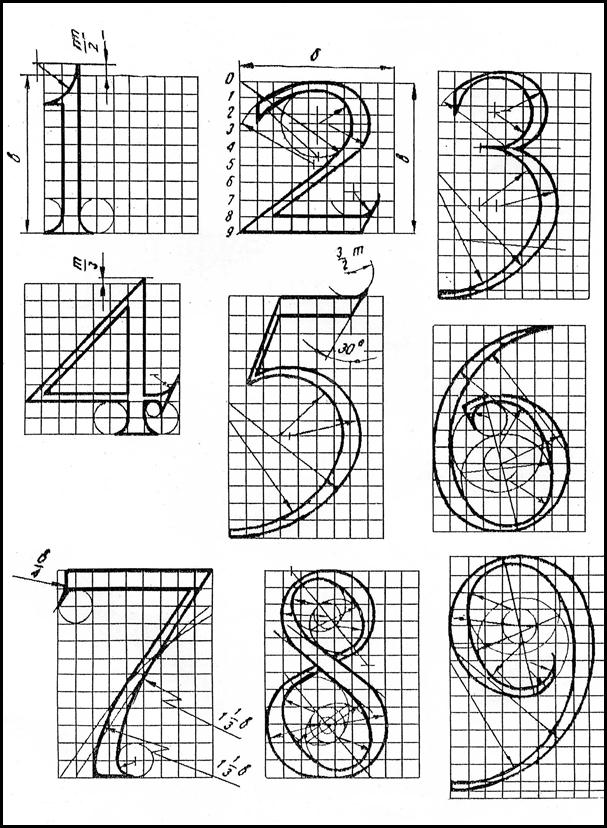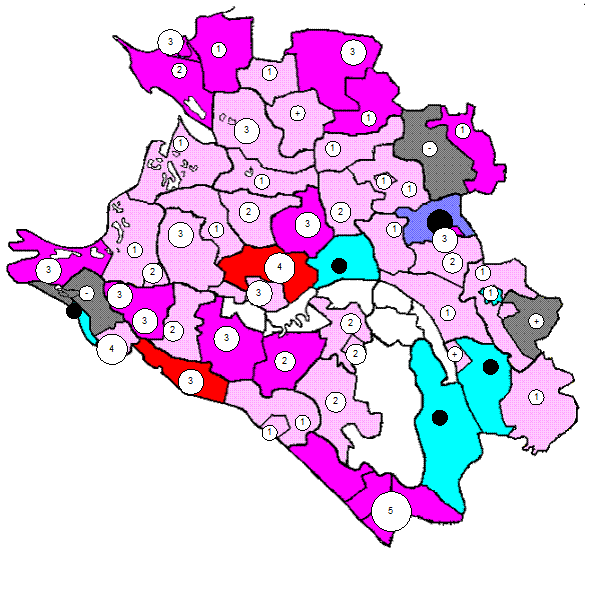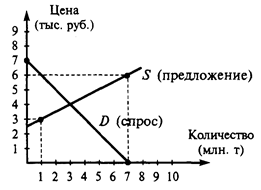AC generator voltage control
When magnetic fields of alternating polarity passacross the armature windings, ac voltage induction occurs. Control of the voltage induced into the ac generator windings depends on three things: Þ; The number of turns of conductor per winding Þ; The speed of the magnetic field passing across the winding (generator revolutions per minute [rpm]) Þ;The magnetic field strength. The number of turns per winding and the number of windings are set during generator manufacture. The frequency of the output voltage depends on the speed of the generator. The strength of the magnetic fieldcontrols the level of output voltage. In some cases, as in tachometer generators, a permanent magnet field maintains the load at a constant value. In today’s aircraft, electrical and electronic equipment operate at exact frequencies and voltages. Systems exposed to extreme overvoltage or off-frequencies not only destroy themselves, but may start a fire during an emergency. Ac generator control systems must contain circuits to protect against under voltage and overvoltage, under frequency and overfrequency, and improper phase sequence. The generators use an electromagnetic field rather than a permanent magnet-type field. NOTEÞ;Some brushless generators use permanent magnets in the exciter circuits. The current flowing through the field controls electromagnetic field strength. To control the field strength, you vary the voltage applied across the field. By varying the dc output voltage from the exciter armature, you control the ac generator field strength. The value of the generated ac voltage depends directly on the size of the exciter input. This relationship allows a small dc voltage to control a much larger ac voltage. On the brushless generator, the rotating three-phase rectifiers change the ac output of the exciter to dc. Dc then feeds the main ac generator rotating field, eliminating the use of brushes.
EXERCISES FOR BETTER REMEMBERING THE TOPIC
|





